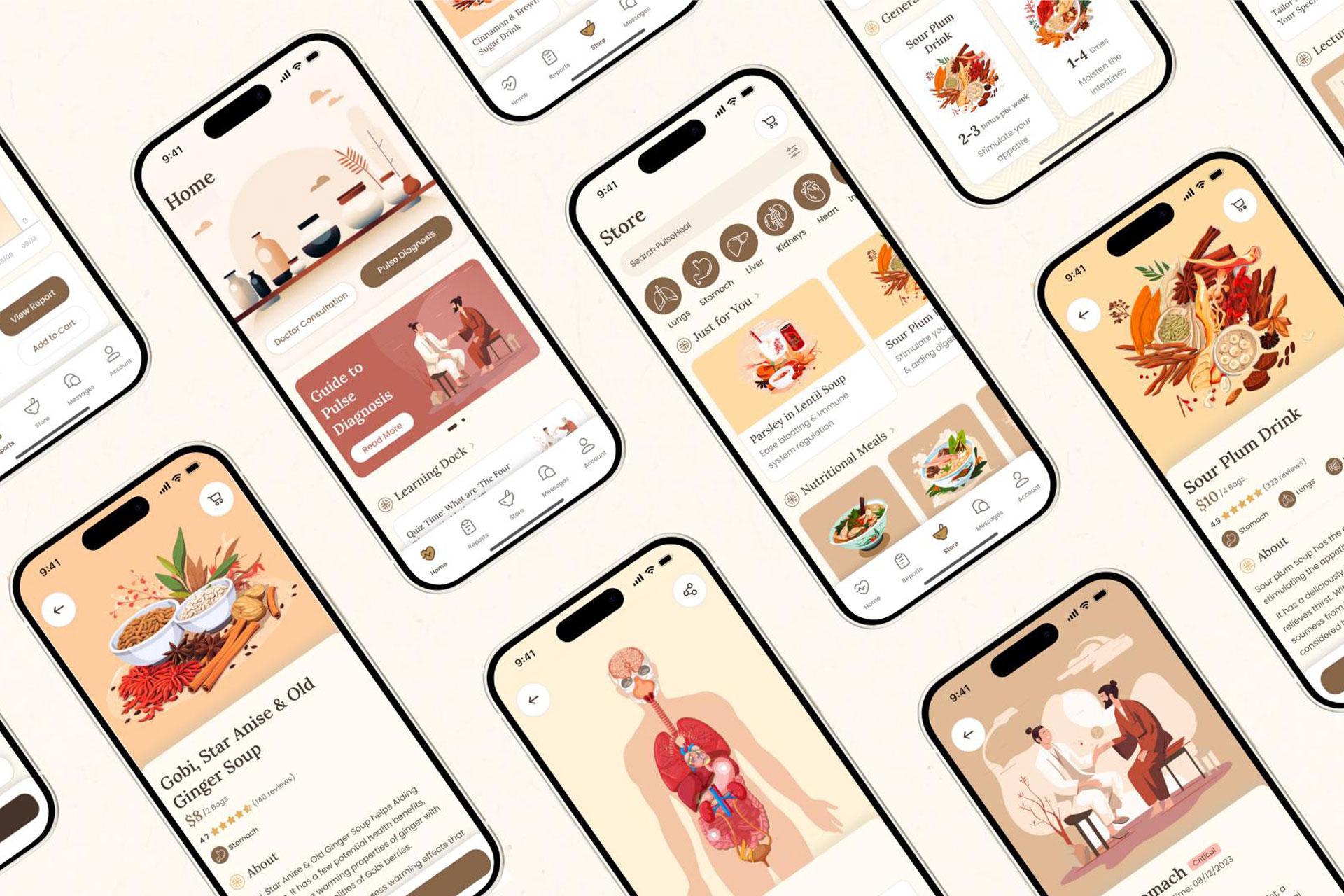Interview with Jessica Kewei Lin for PulseHeal

Interview with Chen Xiaole from China
August 27, 2024
Interview with Jason Houston from the United States
August 27, 2024I'm Jessica Kewei Lin, an award-winning UX designer with a commitment to blending problem-solving with design thinking, leveraging my skills to make real impacts through data-driven decisions.
Recognized by several prestigious awards, my work reflects my dedication to crafting solutions that resonate deeply with users, driving meaningful change in the digital landscape. My mission is to continue exploring, learning, and innovating, always with an eye toward making the digital world a more inclusive and engaging space for everyone.
As a UX Designer in the gaming industry, my role is to create immersive, engaging, and accessible experiences for players around the world. This involves a deep dive into user research, understanding the diverse needs of gamers, and translating these insights into intuitive design solutions.
From conceptualizing wireframes and prototypes to conducting usability testing and iterating based on feedback, my work is about ensuring that every aspect of the game feels seamless and intuitive.
It’s about understanding and empathizing with users, identifying their challenges, and crafting solutions that address these issues in innovative and impactful ways.
Design is a tool for social change. It means seeing past what's obvious and thinking about the larger impact of our work, breaking down barriers, and creating more inclusive and accessible spaces.
Growing up in China, I developed a deep appreciation for tradition and the storytelling aspect of design. These components are deeply rooted in Chinese culture, where every color, symbol, and pattern carry meaning. Moving to the United States, the combination of Eastern and Western influences has encouraged me to tackle design challenges with a broader, more empathetic perspective.
My designs strive to bridge cultural gaps, utilizing universal design principles while respecting the distinct nuances of various cultural contexts, catering to users from diverse backgrounds.
PulseHeal is a platform designed to make Traditional Chinese Medicine (TCM) accessible, approachable, and understandable to the global audience.
The project was born from a desire to bridge the gap between ancient practices and modern health needs, inspired by the belief that traditional healing practices hold untapped value for contemporary health and wellness.
When translating TCM to digital platforms, a nuanced approach is crucial due to its rich history and complex practices. Its comprehensive diagnostics, treatments, and philosophies present a unique challenge.
Our objective was to honor the essence of TCM while making it approachable to the global audience. This endeavor required a multifaceted approach, blending extensive research, iterative design processes, and continuous user feedback. We also collaborated closely with TCM practitioners to ensure authenticity, while user testing helped us to craft a more intuitive experience for the users.
The potential of AI to revolutionize design processes is immense as it could help automate routine tasks and enable more sophisticated user experience personalization. However, the real challenge and opportunity lie in utilizing AI ethically and creatively to enhance the human-centered design approach.
In the next 5-10 years, I could see a deeper integration between design and technology, where AI’s capabilities will be used to enhance our understanding of user needs, predict trends, and create more immersive experiences. This evolution will require a closer and more collaborative relationship between designers, developers, and other specialists with a strong emphasis on ethical practices and sustainable solutions.
As designers, we need to adapt to these changes by embracing AI as a tool that can amplify our creative and problem-solving capabilities, all while keeping the user at the forefront of the design process.
My most significant inspirations have come from my mentors in the design field. Their wisdom, support, and dedication have not only helped me grasp the delicate balance between aesthetics and functionality but also taught me the value of designing with purpose and compassion.
They've shown me the importance of empathy in design and the impact it can have on creating more inclusive and meaningful experiences. This guidance has inspired me to embark on projects that are both personally rewarding and beneficial to society, reinforcing my belief in the transformative power of design.
Jessica Kewei Lin
Jessica Kewei Lin is an award-winning UX designer dedicated to integrating problem-solving with design thinking, using her skills to effect real change through data-driven decisions.
Read more about this interview with Xiesiyuan Shu for PulseHeal, the Gold Winner of the 2024 MUSE Design Awards.


